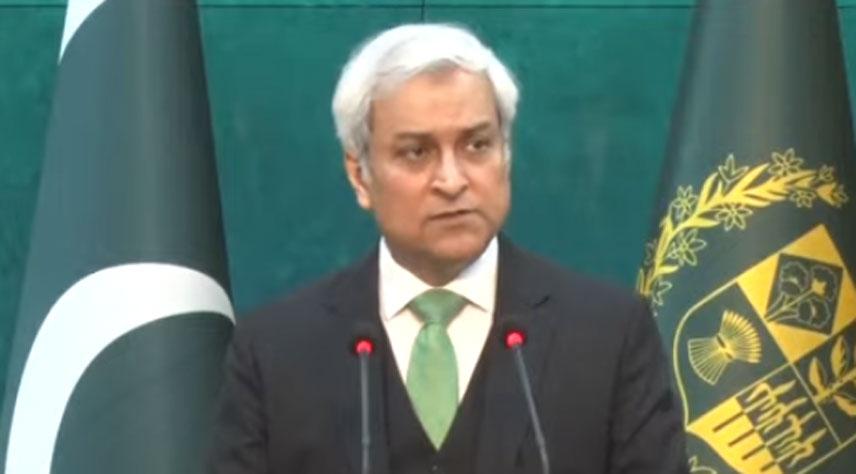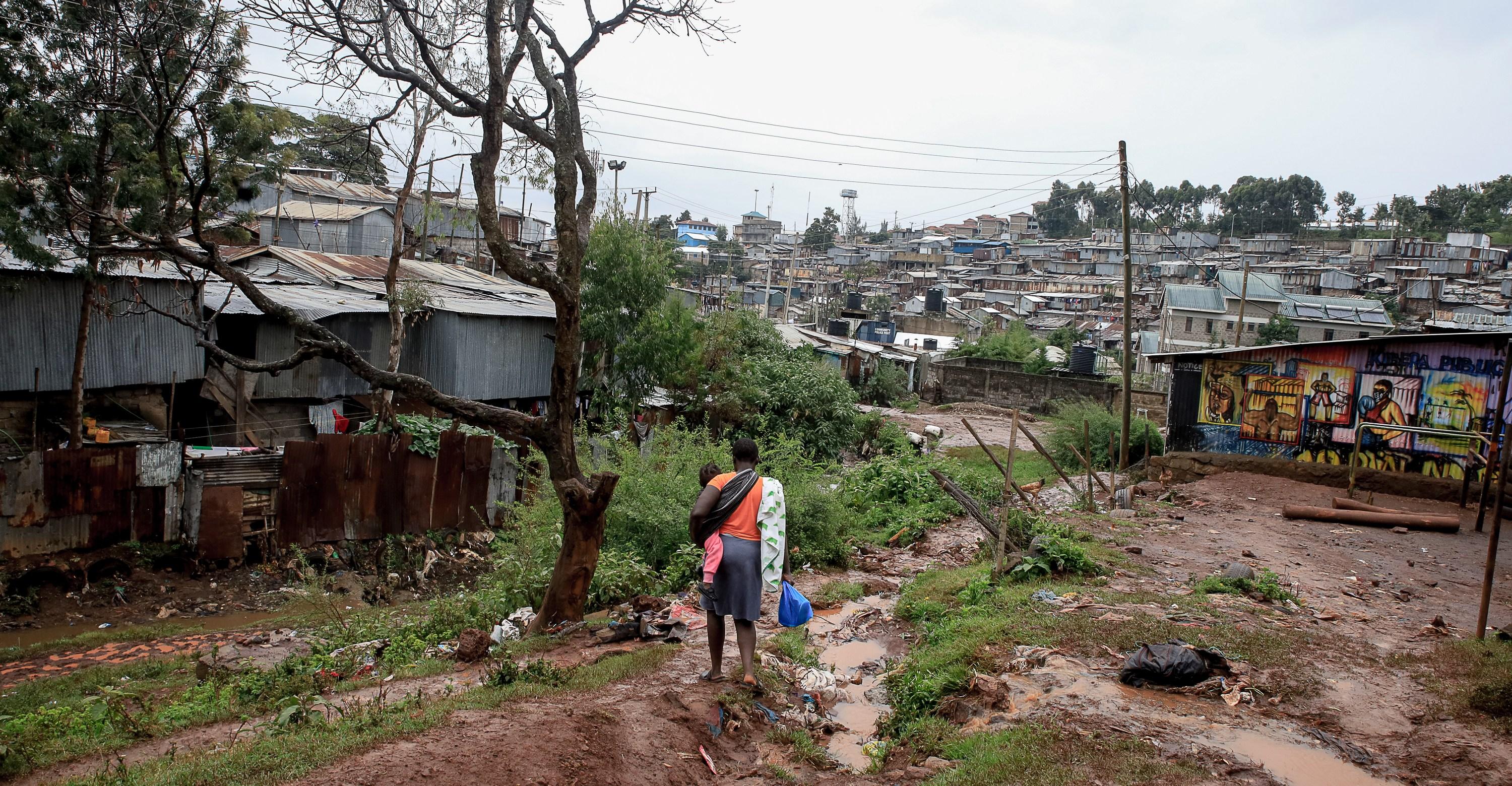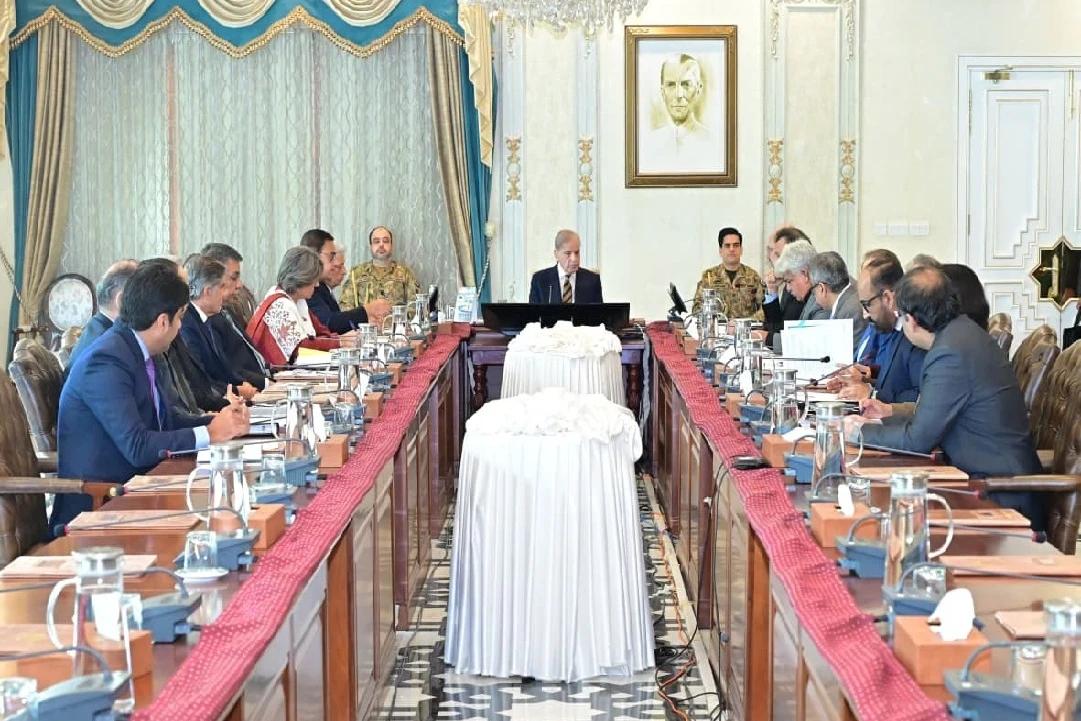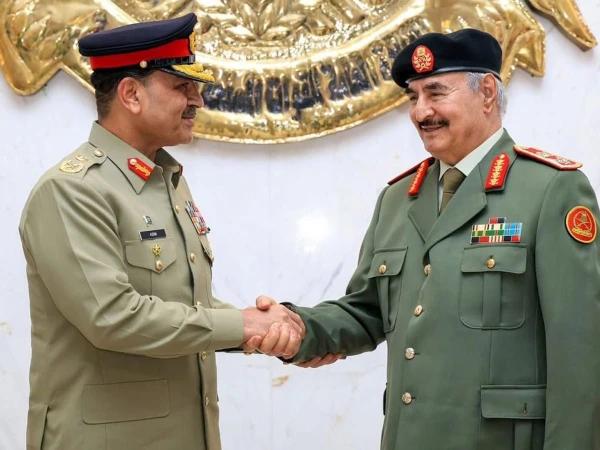Pakistan’s high rate of marriages for underage girls had been inching lower in recent years


Karachi: As monsoon rains were about to break over Pakistan, 14-year-old Shamila and her 13-year-old sister Amina were married off in exchange for money, a decision their parents made to help the family survive the threat of floods.
“I was happy to hear I was getting married. I thought my life would become easier,” Shamila told AFP after her wedding to a man twice her age in hope of a more prosperous life.
“But I have nothing more. And with the rain, I fear I will have even less, if that is possible.”
Pakistan’s high rate of marriages for underage girls had been inching lower in recent years, but after unprecedented floods in 2022, rights workers warn such weddings are now on the rise due to climate-driven economic insecurity.
The summer monsoon between July and September is vital for the livelihoods of millions of farmers and food security, but scientists say climate change is making them heavier and longer, raising the risk of landslides, floods, and long-term crop damage.
Many villages in the agricultural belt of Sindh have not recovered from the 2022 floods, which plunged a third of the country underwater, displaced millions, and ruined harvests.
“This has led to a new trend of ‘monsoon brides’,” said Mashooque Birhmani, the founder of the NGO Sujag Sansar, which works with religious scholars to combat child marriage.
“Families will find any means of survival. The first and most obvious way is to give their daughters away in marriage in exchange for money.” Birhmani said since the 2022 floods, child marriage has spiked in villages in Dadu district, one of the worst-hit areas that for months resembled a lake.
In Khan Mohammad Mallah village, where Shamila and Amina were married in a joint ceremony in June, 45 underage girls have become wives since the last monsoon — 15 of them in May and June this year.
“Before the 2022 rains, there was no such need to get girls married so young in our area,” said village elder Mai Hajani, 65.
“They would work on the land, make rope for wooden beds, the men would be busy with fishing and agriculture. There was always work to be done”.
Parents told AFP that they hurried the marriage of their daughters to save them from poverty, usually in exchange for money.
Shamila’s mother-in-law, Bibi Sachal, said they gave Rs200,000 ($720) to the young bride’s parents — a major sum in a region where most families survive on around one dollar a day.
‘I thought I would get lipstick’
Najma Ali was initially swept up in the excitement of becoming a wife when she married at 14 in 2022 and began living with her in-laws.
“My husband gave my parents Rs250,000 for our wedding. But it was on loan (from a third party) that he has no way of paying back now,” she said.
“I thought I would get lipstick, makeup, clothes, and crockery,” she told AFP, cradling her six-month-old baby.
“Now I am back home with a husband and a baby because we have nothing to eat.” Their village, which lies on the banks of a canal in the Main Nara Valley, is barren and there are no fish left in the polluted water — its stench overwhelms the area.
“We had lush rice fields where girls used to work,” said Hakim Zaadi, 58, the village matron and Najma’s mother.
“They would grow many vegetables, which are all dead now because the water in the ground is poisonous. This has happened especially after 2022,” she added.
“The girls were not a burden on us before then. At the age girls used to get married, they now have five children, and they come back to live with their parents because their husbands are jobless.” -
‘I want to study’
Child marriages are common in parts of Pakistan, which has the sixth-highest number of girls married before the age of 18 in the world, according to government data published in December.
The legal age for marriage varies from 16 to 18 in different regions, but the law is rarely enforced.
Unicef has reported “significant strides” in reducing child marriage, but evidence shows that extreme weather events put girls at risk.
“We would expect to see an 18 percent increase in the prevalence of child marriage, equivalent to erasing five years of progress,” it said in a report after the 2022 floods.
Dildar Ali Sheikh, 31, had planned to marry off his eldest daughter Mehtab while living in an aid camp after being displaced by the floods.
“When I was there, I thought to myself ‘we should get our daughter married so at least she can eat and have basic facilities’,” the daily wage labourer told AFP.
Mehtab was just 10 years old.
“The night I decided to get her married, I couldn’t sleep,” said her mother, Sumbal Ali Sheikh, who was 18 when she married.
An intervention from the NGO Sujag Sansar led to the wedding being postponed, and Mehtab was enrolled in a sewing workshop, allowing her to earn a small income while continuing her education.
But when the monsoon rains fall, she is overcome by dread that her promised wedding will also arrive.
“I have told my father I want to study,” she said. “I see married girls around me who have very challenging lives and I don’t want this for myself.”
SOURCE: AFP

When your AI boyfriend gets you better than your spouse
- 5 hours ago

Technical, vocational training system being aligned with int’l standards: PM Shebaz
- 7 hours ago

Pakistan voices concern over manipulation of flow of Chenab River by India
- 5 hours ago
Jets release receiver Lazard, last Rodgers-era link
- 4 hours ago

The low, low cost of ending extreme poverty
- 14 hours ago

Everything is a mockumentary now, thanks to Rob Reiner
- 14 hours ago

Prime Minister Shehbaz Sharif has approved Halal meat export policy
- 6 hours ago

The global shadow economy behind Trump’s latest move on Venezuela
- 14 hours ago
25% Decline in foreign investment in Pakistan:State bank report
- an hour ago

Field Marshal Asim Munir pledges to cement defence ties with Libya
- 7 hours ago
Dolphins' McDaniel opens door to benching Tua
- 4 hours ago
Browns LB Bush found not guilty in assault trial
- 4 hours ago





